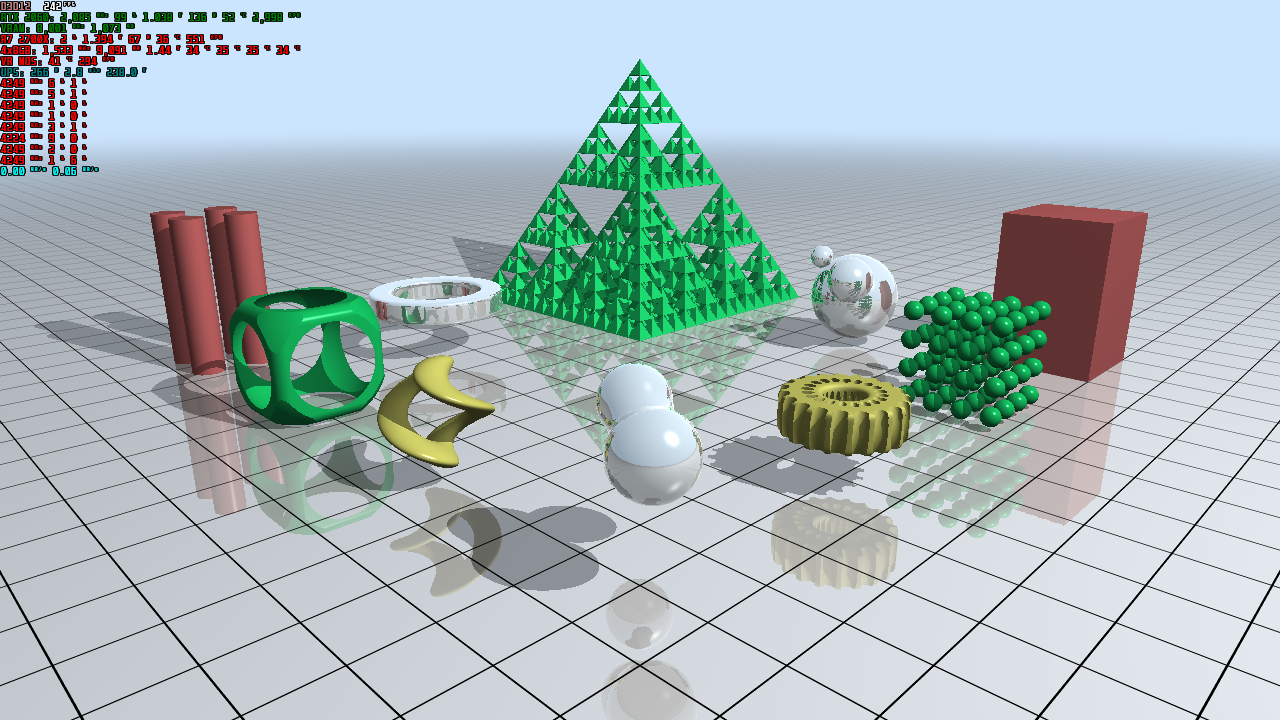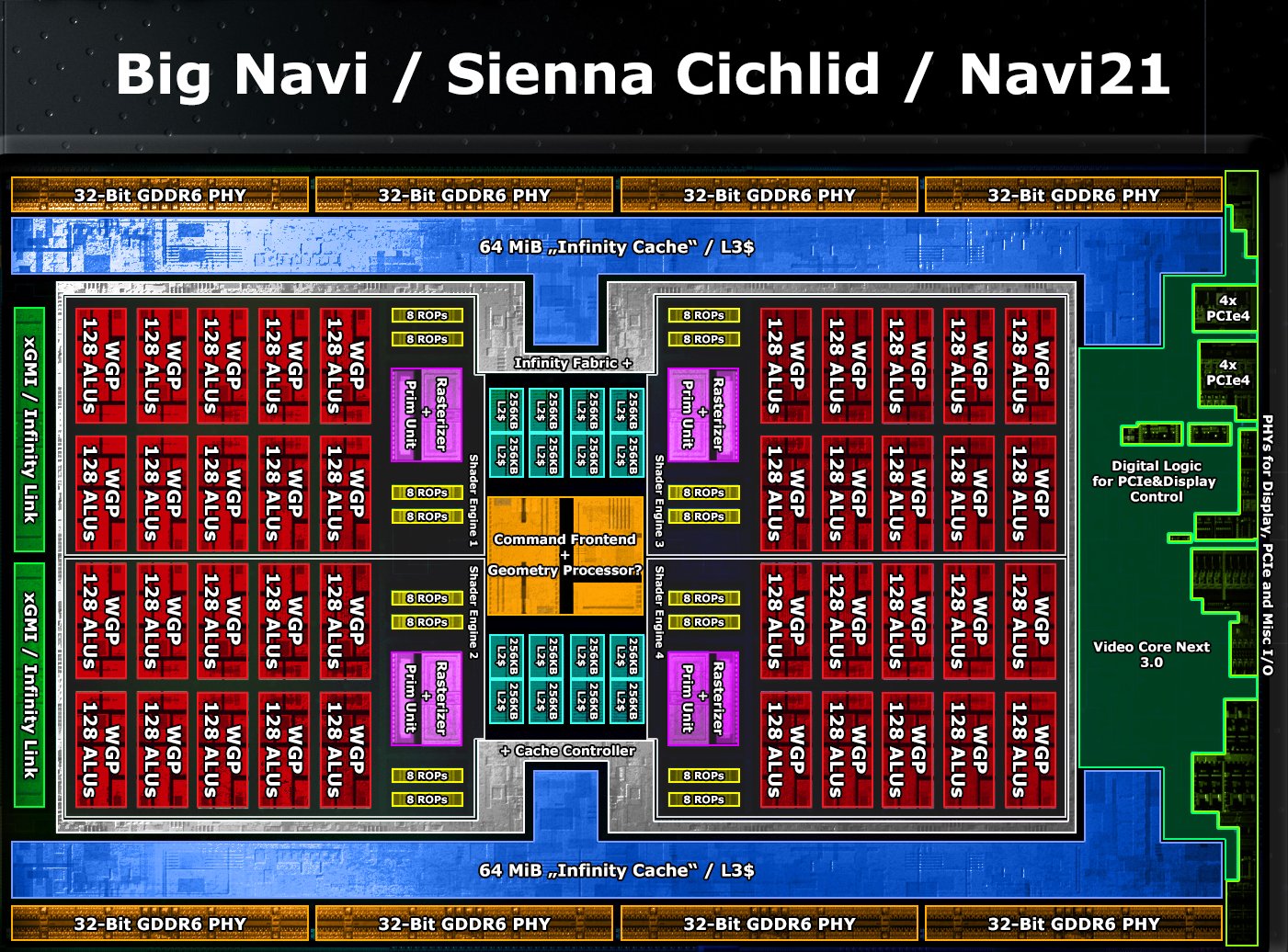Also very interesting to see the choose to not segment cards with less Vram. I don't quite understand why the 3 of them have the same bandwidth and size. If 16GB with 128MB are enough for the 6900XT, they are over kill for the 6800. I don't get it.
There is probably no need whatsoever to disable any of the cache for yields (as it comes with built-in extra redundancy).
Yeah but they could use 12GB and 192 bit. Maybe it's cheaper for them to just use the same PCB for all 3 variants and just adjust the power delivery?
I agree, given the drop in compute, it would make sense to me for 6800 to drop two chips. They could drop the price a little, and it would make their lineup better. Even if they are using the exact same PCB, there's no reason why they wouldn't be able to just not fill two spots.
Putting 16GB into every model is a deliberate statement.









